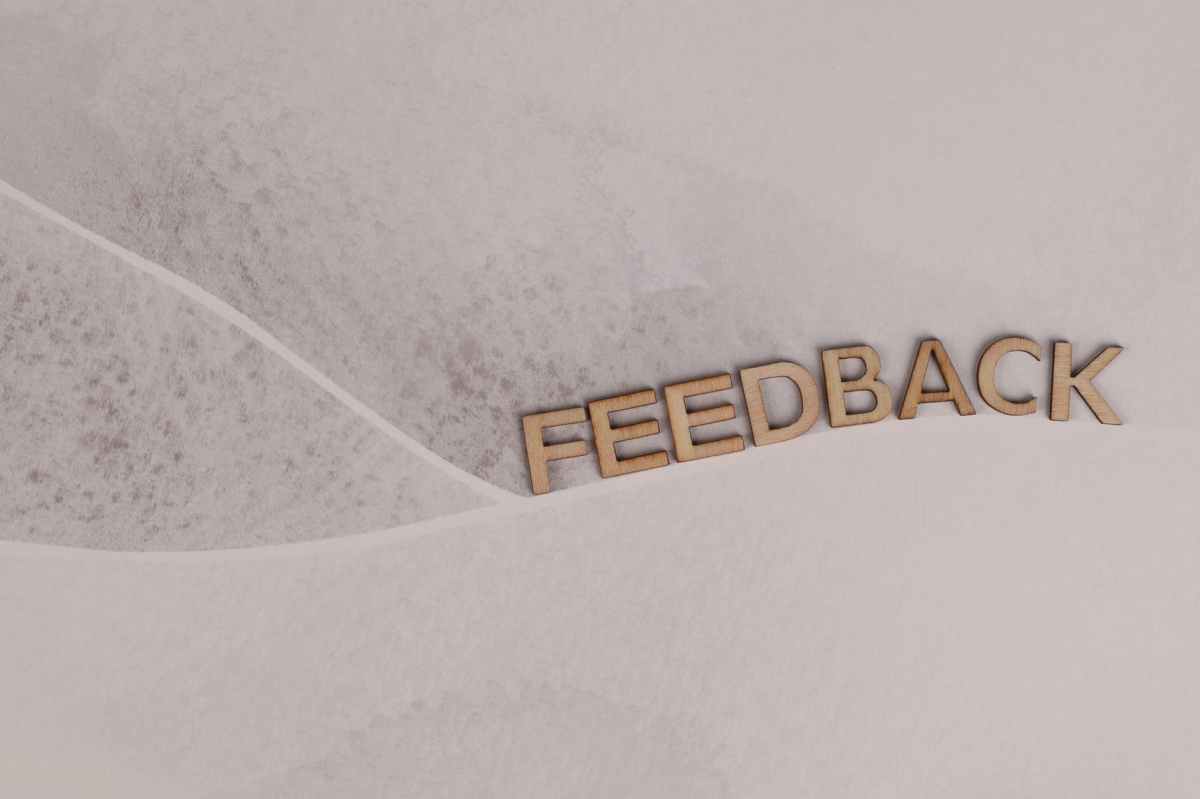It is hard to believe that I am in my last week of the Digital Citizenship course. Time has really flown by with this class. I feel like I am walking away with a wealth of knowledge from this class. I have no doubt that I will be utilizing everything I learned in this class, not only in my classroom, but in my future.
Week 1 was an introduction to what digital citizenship is and how we can become better digital citizens. We know what it takes to be a good citizen in our everyday life. Let’s be real, we were all wanting that citizenship award back in elementary school, right? These days though, it seems that once people get behind a screen, we lose focus on what it takes to be a good citizen. All of a sudden we are ten feet tall and bulletproof and in reality, we really are not.
Week 2 was evaluating our digital footprint. If you have never put your name in a search engine, I encourage you to do that as soon as you can. It is very important to try and maintain a positive digital footprint. It is smart to always go back and check this to see what is actually out there about you. You never know when your boss or future boss will do the same just to see what type of person you are behind the screen. They want to know the real you, not the one you tried to sale to them in an interview.
Week 3 was learning about copyright laws, and let me be frank right now, this could have been a whole class in itself. There was so much information about the history of copyright laws and how they really haven’t changed much since its creation back when George Washington was president. We learned about the different types of licenses you can get and how each one brings something different to the table. We explored two case scenarios to be able to see which were copyright infringements and which were not. This was difficult for me, if I am being honest. I plan to do some more digging so that I can fully understand these laws to better help my fellow educators.
Week 4 was an exploration into cyber-bullying, which was probably my favorite lesson for the course because of the importance of the topic. This is a topic that hits home with me since I am presently in a high school classroom and have three children of my own. These students have no compassion or empathy towards others. They post something on their social media because they think it is funny and have no regards on how it makes others look. Currently our school is battling with a couple of social media trends. One is where students are taking pictures of people in the restroom. Several students have already been placed in our alternative education program for contributing to this trend. Another trend is where they take pictures of sleeping students and post to an Instagram hashtag created for the school. I actually heard students talking about this and giggling, and we had a very frank conversation about why they should not be doing this. We talked about how this infringes on privacy of others and the student posting does not have the permission from the sleeping student to post.
The social media world has exploded so quickly that no one was ready for what we are facing with cyber-bullying. Schools, parents, lawmakers were not anywhere near ready to combat this issue. It is imperative that schools take a stand and try to fix this issue before it gets more out of hand than it already is. The rate at which students are committing suicide is heartbreaking and we (teachers, parents, and students), as a whole united group, need to work together to help prevent cyber-bullying.
In week 5 we had to do our culminating project which was us picking a stakeholder group and presenting a lesson over digital citizenship. My audience was my students, because I feel that it is important for them to realize what happens when they are not good digital citizens. This lesson has to start somewhere, so why not me? Click on the link to view my project.
Culminating Project- https://edpuzzle.com/media/61be44819702c542c41a1c2d







